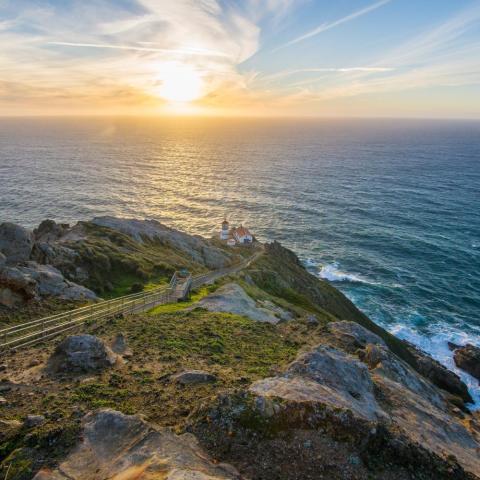Breeding bird populations at Channel Islands National Park off the coast of California have undergone “dramatic changes” over the past 40 years due to multiple conservation efforts, according to a researcher.
“It’s an exciting time to be around as a biologist working on the islands,” Paul Collins, curator of vertebrate zoology at the Santa Barbara Museum of Natural History, said during the From Shore to Sea Lecture at the park in September.
His research has documented 105 species of birds nesting on at least one of the Channel Islands, with 27 being new breeders on the islands and eight more suspected of breeding, but not yet confirmed. In addition, there have been 67 new island-specific nests across the eight islands. Three species (wild turkey, indian peafowl, and golden eagle) have been eradicated from the islands, and two native raptors (bald eagle and peregrine falcon) were successfully reintroduced.
“A lot of changes going on on the islands,” Mr. Collins said, “and there are going to continue to be a lot of changes.”
Recently, these changes can be attributed to conservation efforts on many fronts, including eradication of introduced mammals; reintroduction of extirpated raptors like bald eagles and peregrine falcons; decline and recovery of fox populations; removal of golden eagles from the northern islands; intensive efforts to recover individual species; and revegetation and recovery of native habitats after removal of feral herbivores
Mr. Collins has worked for the past 43 years at the Santa Barbara Museum of Natural History, where he has conducted research on an array of species on the Channel Islands. When he started four decades ago, all of the islands were being managed as a ranching operation. He is writing a book about the birds of the Channel Islands.




 Support Essential Coverage of Essential Places
Support Essential Coverage of Essential Places






